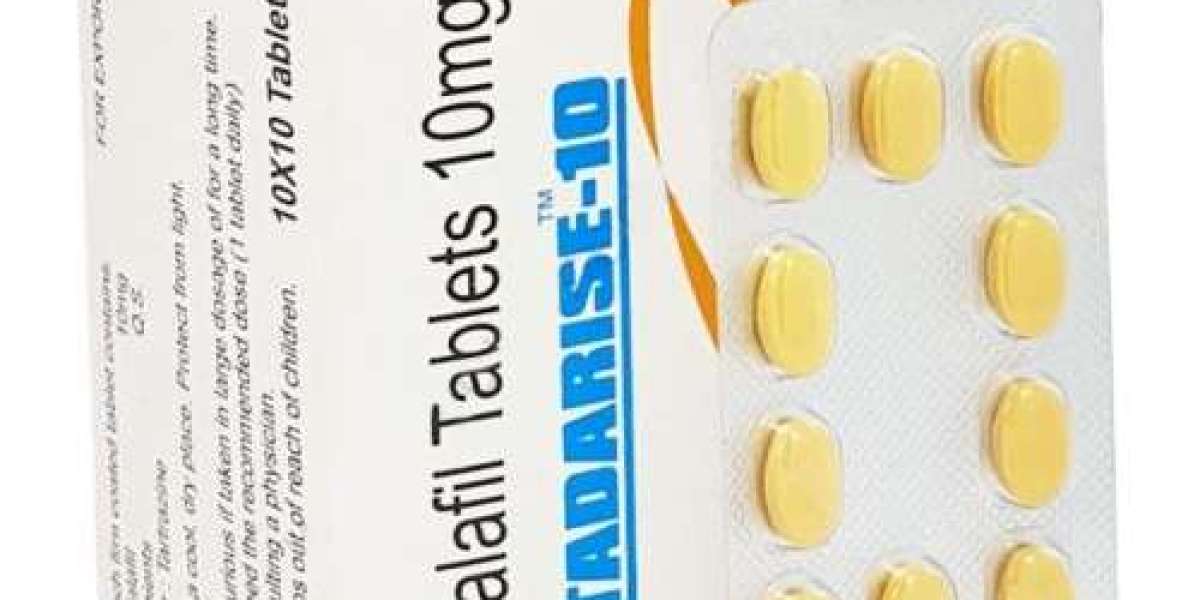The path of parenthood comes with a plethora of questions, and for many couples, understanding the dynamics of fertility treatments like in vitro fertilisation (IVF) is pivotal. A common query revolves around the role of ovarian follicles and the intriguing question: Can you get pregnant with just one mature follicle?
Can You Get Pregnant With One Follicle?
Understanding Ovarian Follicles
Ovarian follicles are fluid-filled sacs within a woman's ovaries that house developing eggs. These structures, numbering around 200,000 to 300,000 at the onset of puberty, play a crucial role in the menstrual cycle by secreting hormones that influence its various stages. Each follicle contains a single egg or oocyte, and in a typical menstrual cycle, one follicle grows to maturity, ultimately releasing a ready-to-be-fertilised egg.
Throughout the period from birth to puberty, a significant number of primary follicles undergo degeneration. Consequently, by the time of puberty, each ovary harbours approximately 60,000-80,000 primary follicles, formed through the division of primitive cells known as germ cells. This process establishes the foundation for the potential release of a single mature egg during a menstrual cycle.
Role Of Ovarian Follicles
The ovarian follicles play a pivotal role in the intricate process of female reproductive physiology. Under normal circumstances, the ovaries generate a singular crucial follicle, leading to the release of a solitary egg during each monthly menstrual cycle. This specialised follicle undergoes a series of essential stages within a defined timeframe, a process known as folliculogenesis.
Folliculogenesis comprises the following stages of follicular development:
- Primary Follicle
- Secondary Follicle
- Tertiary Follicle
- Graafian Follicle
The Graafian follicle represents the final stage of maturation for the eggs within the ovaries. Ovulation, a key physiological event, is the process whereby a mature egg gets released from the ovary. Post-release, the egg traverses the fallopian tube, where it remains for 12 to 24 hours, presenting the opportunity for fertilisation by sperm.
Before ovulation, the dominant follicle, characterised by an average diameter ranging between 17 and 24 mm (with a range of 17 to 36 mm), takes centre stage. Ovulation itself is defined by the rupture and release of this dominant follicle from the ovary into the fallopian tube. Among approximately 10 maturing Graafian follicles, one emerges as the dominant follicle, while the others undergo degeneration.
As the dominant follicle matures, so does the enclosed egg, poised for release during ovulation. The dominant follicle contributes to the process by releasing increased levels of estrogen, which, in turn, thickens the uterine lining. This preparation is crucial for facilitating the potential implantation of a fertilised egg (embryo).
Can You Get Pregnant With One Follicle: Can One Mature Follicle Lead to Pregnancy?
Yes, the prospect of achieving pregnancy with only one mature follicle is not only possible but is the standard occurrence for women undergoing natural, non-assisted reproductive cycles. The key lies in the body's ability to release a mature egg from the follicle during ovulation, providing an opportunity for fertilisation in the fallopian tube.
For individuals pursuing intrauterine insemination (IUI) who are below 40 years old, having one or two mature follicles is generally preferred. Surprisingly, having more than that may not significantly increase the chances of getting pregnant. It's noteworthy that the age of the woman plays quite a crucial role in determining the success of IUI. Success rates hover around 20% for those under 35, decrease to 10% for those between 35 and 40, and further drop to 2-5% beyond the age of 40.
Ovulation, a monthly process in the female reproductive system, involves the release of a mature egg. This process is orchestrated by the pituitary gland in the brain, releasing follicle-stimulating hormone (FSH) and luteinising hormone (LH), collectively known as gonadotropins.
Various factors can impede effective ovulation, and fertility medications often come into play to stimulate the ovarian follicles, promoting the production of multiple eggs in a single cycle. Common fertility medications for this purpose include Clomiphene Citrate (Clomid or Serophene) and Gonadotrophins.
Beyond the number of follicles, assessing their size is equally crucial as it indicates the maturity of the eggs within. In a fertility cycle, the ideal follicle size typically falls between 18 and 22 millimetres in diameter. This careful consideration of follicle size, along with their number, contributes to a comprehensive approach to fertility treatments and enhances the understanding of reproductive health.
Can You Get Pregnant With One Follicle: Follicles and Fertility
At the onset of puberty, women possess approximately 300,000 to 400,000 follicles, each with the potential to release an egg for fertilization. Monitoring follicles, including their size and status, is integral to assessing fertility and guiding fertility treatment.
The evaluation of follicles involves a comprehensive approach, including a pelvic ultrasound scan of the uterus and ovaries, along with a blood test for Anti-Mullerian Hormone (AMH). The pelvic ultrasound scan assesses the size and number of follicles on the ovaries, known as Antral Follicle Count. The results of this scan, combined with the blood test, allow fertility specialists to gauge fertility and determine an individual's capacity to conceive. This thorough assessment is instrumental in guiding personalized fertility treatment.
Can You Get Pregnant With One Follicle: In Summary
Achieving pregnancy with a single mature follicle is not only possible but common in natural and assisted reproductive cycles. Whether through natural conception or intrauterine insemination, the release of a mature egg during ovulation is key to a successful pregnancy. Factors like follicle size and the woman's age impact fertility outcomes. Regular monitoring through ultrasound and hormonal assessments provides valuable insights, guiding couples on their journey to parenthood.



